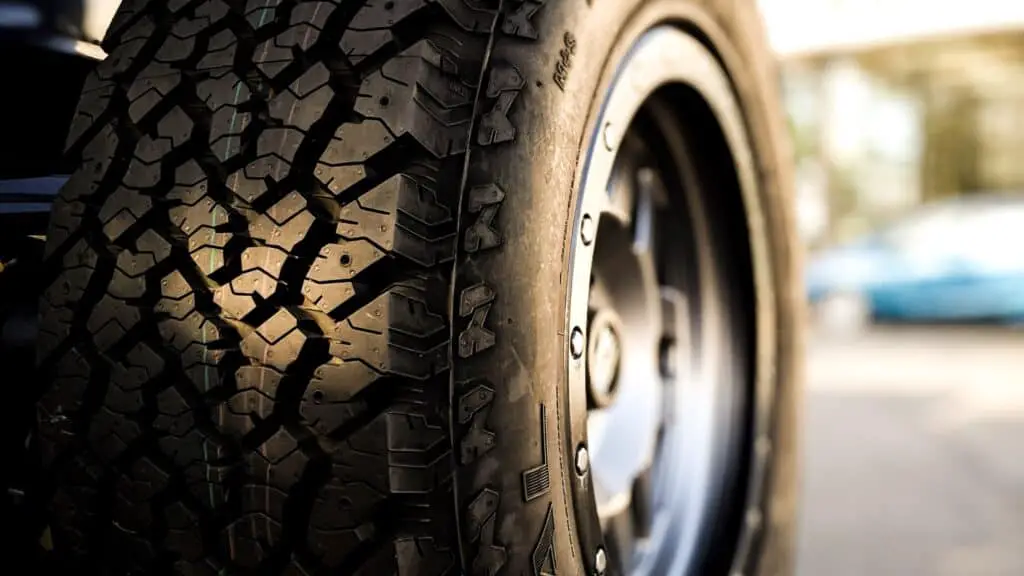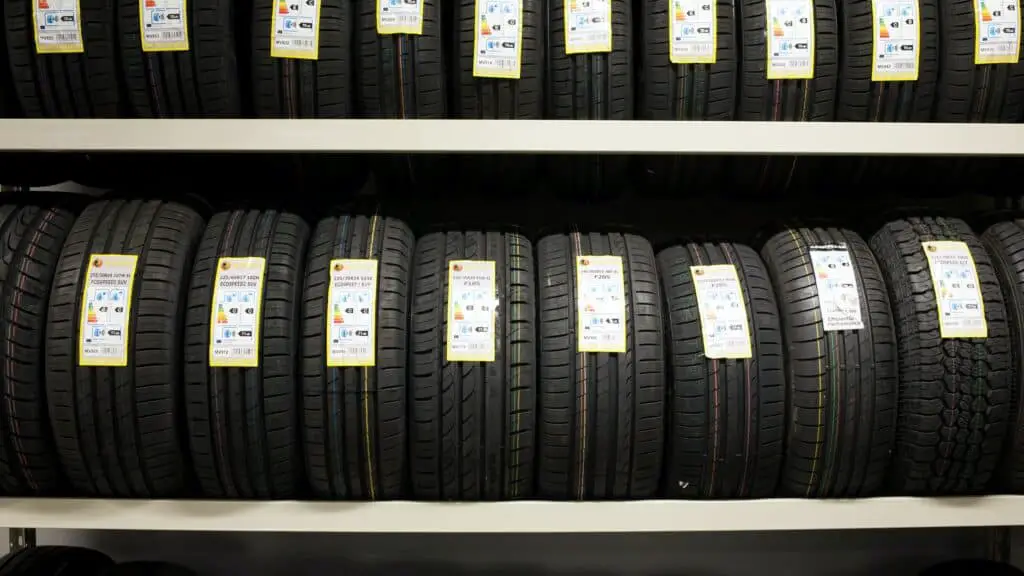
For older boondockers, the question about tire pressure was one of the key tests one would make before setting out for the road. Knowing what tire pressure to use in an RV was the difference between getting to your destination safely or having a rupture or a flat on the way.
Today, the situation is considerably different. Modern tires have a much larger capacity for both pressure and durability, as well as better grip overall. That means that even if your pressure is not perfectly optimized the chance of something wrong happening is greatly reduced.
At the moment, you need to consider five things when measuring your tires:
- Total vehicle load
- Individual tire position load
- Temperature
- Atmospheric pressure
- Road type
An important thing to mention is something that many would consider counterintuitive. Erring on the side of caution when it comes to tire pressure is not lowballing the PSI in your tires, but quite the opposite. It is better to slightly overinflate your tires than to keep them underinflated.
If you don’t know your RV’s weight, either total, axel, or per tire, it is always safer to inflate the tires just under what the manufacturer recommended for your RV and keep any extensions inside until you reach the measuring point. Then, once you have more information you can work on optimization.

Adhere to the Pressure Information
When you are purchasing an RV you will see what tires are recommended for the vehicle, including their class, type, and other information. Most RVers will buy their recreational vehicle with tires on, and hopefully, you belong to that group. If not, you will need to find the information for the model of the RV you have online.
Often the information about tire pressure, possible load, and temperature will be cited on the tire directly. You should be able to find the label either on the inside of the tire when you are purchasing it or on the wheel if you are buying a new RV.
Here, the manufacturer will state the maximum load for the tire and the maximum PSI. Don't be afraid of the number as it is not stating the rupture point for the rubber, but rather the maximum safe PSI for the maximum load.
If you don't know your road type, climate conditions in which you would be driving, or the individual weight that would be carried by each tire then this number is your best bet.
Such a decision is far from optimized and the fact that your tires probably won't be balanced here will lead to higher gas consumption and make the tires last shorter, but you will be safe from ruptures and tire overhearing which are leagues more dangerous.

Optimizing Your Loadout
To optimize your tire pressure to get the best results when it comes to grip, mileage, and durability, you will need to know with high certainty what each tire will endure on the road.
Many of the options you will have are not as intuitive as many would believe. Temperature is usually a bigger problem than internal pressure, and nothing is beating a purchase of a high-quality tire.
Even if you perfectly calibrate a set of mediocre tires they will never be as good as a high-quality set that is just pressured to manufacturer declared levels. And while such an investment may be steep on the entry, it will pay out in how long your tires will last.
Weight
Primarily, there is the question of how much weight there will be on each tire, and each axel. Knowing the total weight of the vehicle is not enough in this regard. Not only are you measuring your RV empty, but you also have no idea about the balance of the load between the tires.
Unlike cars that will be mostly influenced by the weight of the passengers, and where you know most weight at most times will be on the driver’s side front wheel, RVs can have a massive unbalance with one tire holding up to double the weight compared to the other.
This is especially the case with RVs where parts can extend when parked, as all that weight is still on the same wheel when you drive. But even if the difference is not as large, you may optimize the pressure to reduce the stress on the tire that is carrying more weight.
Again, this is done by pumping more air into all other tires, pushing them slightly above the one that would be pressed. That will divide some of the weight from the problematic tire.

Temperature
The second question is temperature. This will include the temperature of the air, of the road, and of the tire itself. Tires are usually black so they take in more sunshine than the rest of the RV, but that is just a marginal increase.
The breaking point of most tires is over 200 degrees, or 100 Celsius, as the moment vapors inside the tire start expanding you are at risk of an explosion. Thankfully, reaching that temperature in normal conditions is extremely hard and if you do everything correctly it should never even get close.
First, you will know the baseline which is atmospheric temperature. From that point, the main contributors to tires heating up are friction from the road and the temperature of the road itself.
Asphalt can heat up from 77-degree weather to 125. This means that you will need to slightly increase the pressure on the tires and reduce the friction (grip) they make to prevent the heat from building up.
The colder it is the softer and less inflated you will want your tires. You will have a much larger temperature budget and the added grip will assist your road stability. In most places, it is regulated that winter tires also have a deeper stripe.
Road Type
Most boondocker will find themselves, sooner or later, off the well-paved highways and onto dirt roads. Here, you want to have your tires pressured just under the maximum when you start and to have a compressor with you on the road.
Namely, bad roads will deflate your tires much faster, and so will parking on uneven surfaces. In most camping areas there are no flat surfaces so you can bet that you will be staying on wavy terrain. Here you will want your compressor to top off the tires every time before you start.
Having your tires pressurized like this will keep you stable and prevent the RV from becoming top-heavy when you are making bends, keeping on its tires and pushing you forward to a new adventure.
